
The legislation, known as the Assistance in Gaining Experience, Independence and Navigation Act of 2013, or the AGE-IN Act, calls for:
– Funding for research to determination the best ways to support students with developmental disabilities who are about to leave school.
– Creation of a nation strategic plan focused on transition planning for students with developmental disabilities.
– Grants to train “transition navigators” to assist students with developmental disabilities to plan for life after high school and to access required supports.
Having done what sounds very much like the “transition navigator” job as an agency worker in a Canadian high school for several years, and after extensive conversation with colleagues that do the same job in other Canadian schools, I can’t stress enough just how what a positive step it would be to get Senator Menendez’s legislation passed. He should especially push for the provision for a strategic plan at the national level. And you should let your Senator know that you’re in support of his bill.
We all know that the prospect of leaving school, with its routines and familiar faces, while it may be exciting, is also quite-stress inducing. For some students it’s downright frightening. Having a plan in place for post-graduation life eases the stress of leaving school.
For students with developmental disabilities, planning needs to include how they’re still going to receive needed supports that they may lose by leaving the school system. This is just a jumping-off point for developing a a solid transition plan, and a transition navigator is a huge asset when developing this plan.
Transition planning uses person-centered planning (click here for a perspective on person-centered planning in the transition planning process ). A good transition plan has the student at the center of it. The student may choose to people that are important him in planning such as family, friends, teachers, and support workers in the planning process, but the plan itself is about his needs, goals, and dreams for her life. The transition navigator facilitates the planning process, and helps the student to access the resources, supports, and services required to meet her goals.
A transition navigator also helps to coordinate all the different resources and supports involved in the transition plan. There’s a great deal to think about and to coordinate:
– What does the student want to do? Attend post-secondary school? Enter the workforce? What will he or she need to succeed and how are these resources accessed? What would the student consider a meaningful day after graduation and what is needed to ensure he or she gets it as many days as possible?
– Where does the student want to live? If independent living is a goal, what are there skills that the student still needs to develop? Who can help with this? What sort of living arrangements might be appropriate, and how do students access those that might require application forms or government funding?
– Does the student need to continue to receive services such as physiotherapy or speech therapy that he or she might have been receiving through the school? Who will provide these services? How will the student access them, if transportation is an issue?
Many students with developmental disabilities stay at school until they age out of the system at 21, but require assistance with transition issues when they reach age of majority at 18. These could include:
– Discussing with student and the family whether going through the process of having power of attorney for medical care for the student is an appropriate step.
– Helping the student transition from the child to adult systems of medical/social support.
– Making sure that students are aware of their rights and responsibilities as adults.
Good transition planning starts early in a student’s high school career. It’s a process with many moving parts, and can sometimes get quite complicated, but it’s vitally important.
No one wants to spend their disabled child’s last day in the school system quietly panicking and asking, “What do we do now?”
“For too many young people with autism spectrum disorders, the end of high school means the end of the support and skills training they need to succeed in the new world of adulthood,” said Menendez. Although focusing on autism in the quote, Disability Scoop stressed that the bill “addresses the need for housing, employment, transportation and other services for individuals with all types of developmental disabilities.”
“We need a national response to ensure that resources are available to enable these young adults to lead the productive, fulfilling lives they deserve,” Menendez continued.
Be sure to let your Senator know that you agree!
Read more here at disabilityscoop.com


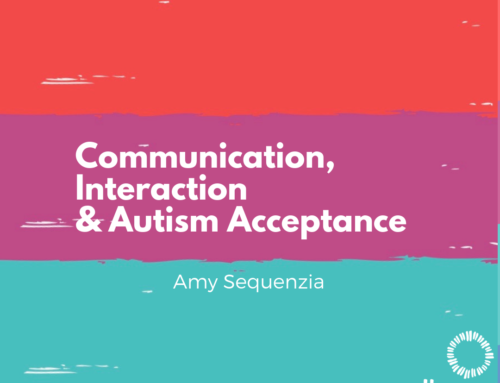
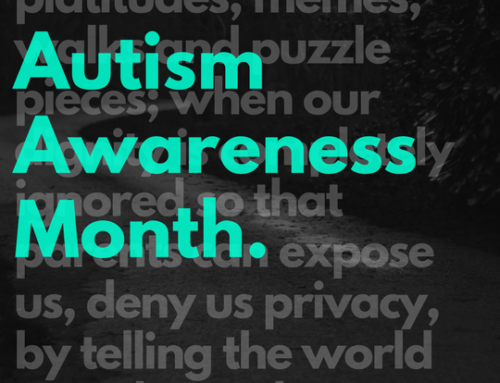

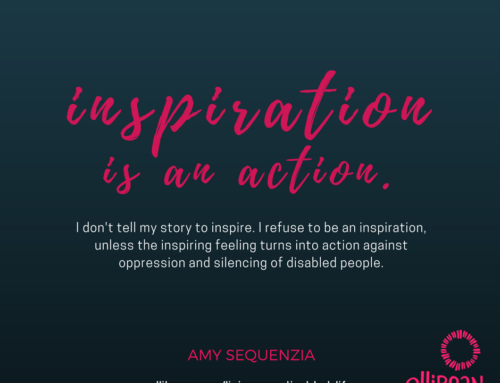

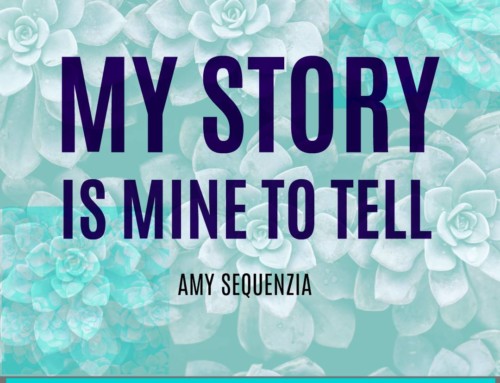
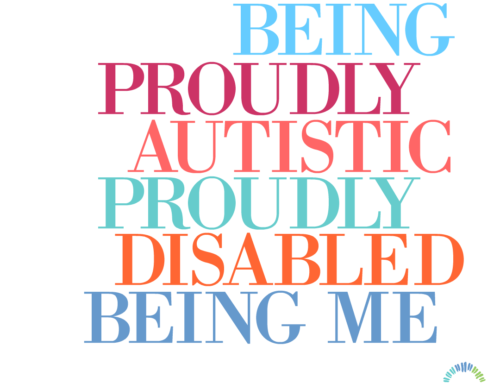
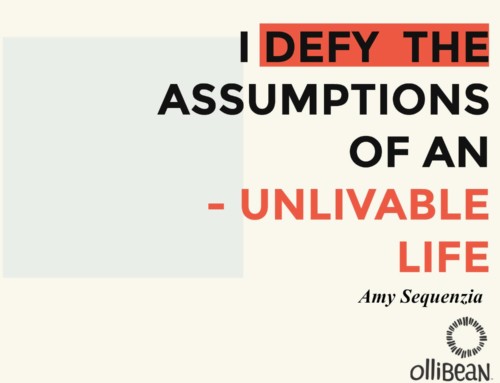
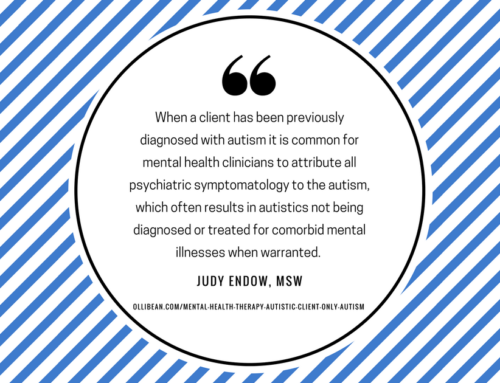


Long over due: